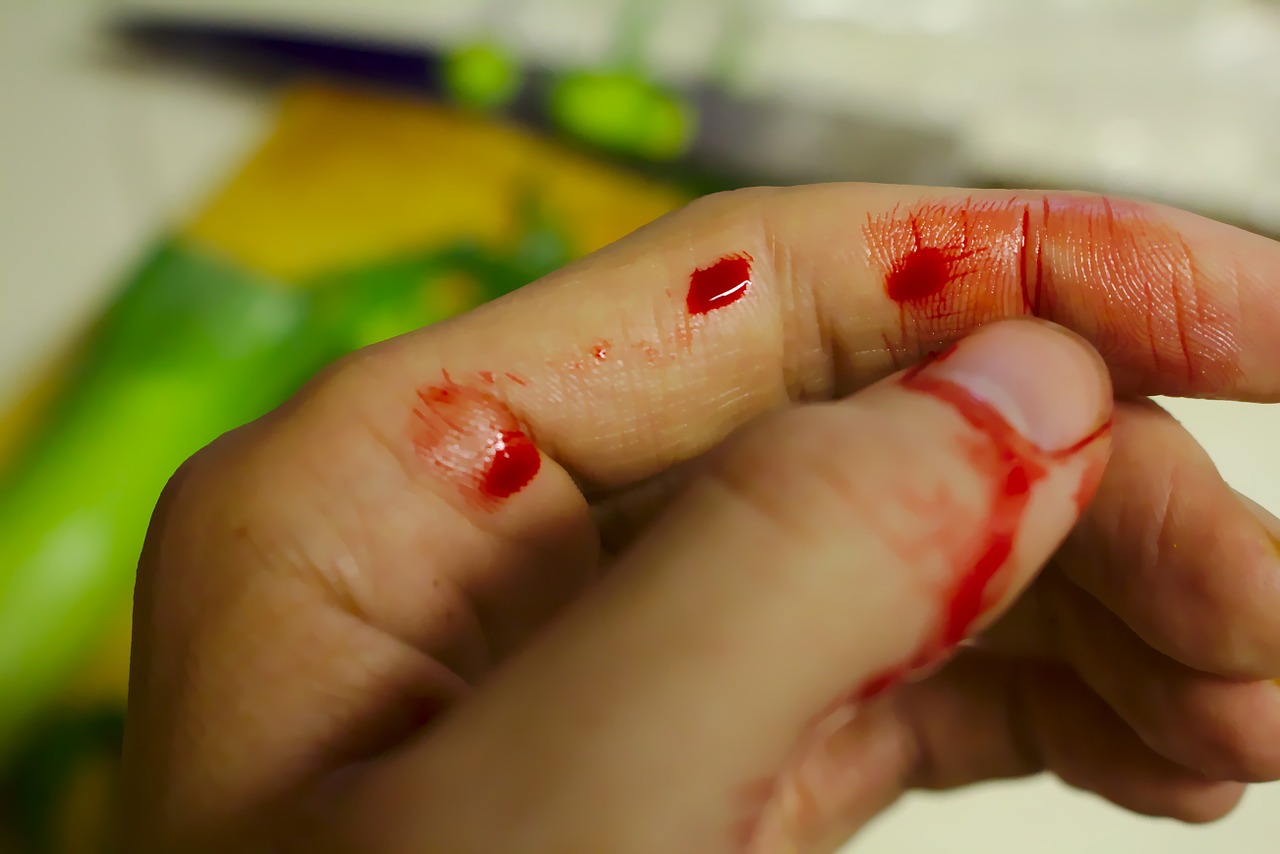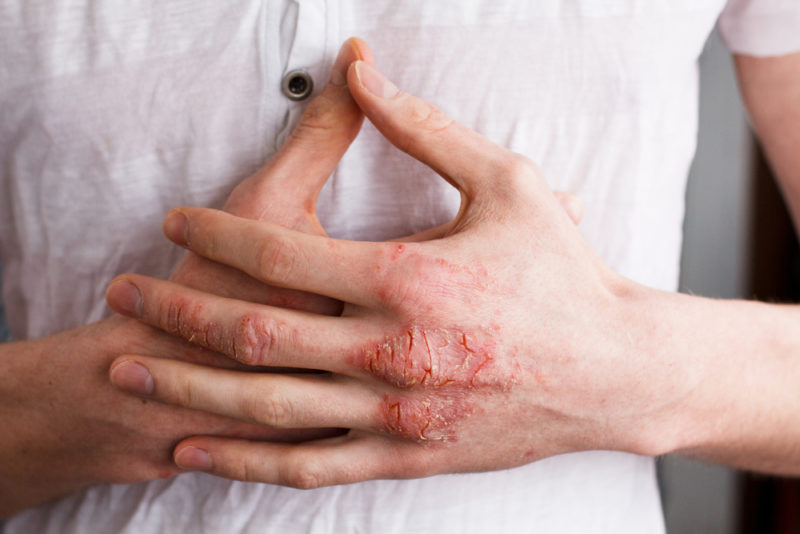Cellulitis is a bacterial infection that affects the skin. Cellulitis causes include the Streptococcus bacteria and the Staphylococcus bacteria. The bacteria enters the skin, usually through open cuts or wounds, then reproduces at a rapid pace, triggering cellulitis symptoms. (1)
When the body attempts to protect itself from the bacteria, cellulitis symptoms occur. Cellulitis risk factors include having open cuts, wounds or scrapes on the skin, or other skin disorders such as athlete’s foot or eczema. (2) Cellulitis symptoms worsen over time, which is why it’s important to treat cellulitis causes and prevent the bacteria from spreading.

Cellulitis Symptoms
The parts of the body that most commonly develop cellulitis symptoms are the legs, hands and anywhere on the skin that has an open wound. Symptoms include:
- Redness of the skin, which worsens as the infection spreads
- Pain on the surface of the skin or pain when pressing on the affected area
- Changes in the color of skin, turning orange or bright red
- Developing pus of fluid-like blisters
- Symptoms of a fever, including fatigue, weakness, chills and nausea
Cellulitis Causes
Cellulitis is triggered by harmful microbes that enter the body and cause inflammation. The most common cellulitis causes are the Streptococcus bacteria and the Staphylococcus bacteria. The bacteria reproduces and spreads quickly, causing infections. It enters the body through open cuts and wounds. Certain risk factors for cellulitis can also make the body more susceptible to developing an infection. (3)

Cellulitis Risk Factors
The biggest risk factor for cellulitis is having an exposed cut, wound or scrape. (4) Even a small cut that is not cleaned properly can be a breeding ground for harmful bacteria. Other risk factors that cause cellulitis symptoms include:
- Athlete’s foot
- Eczema
- Shingles
- Chicken Pox
- Cystic Acne
Any skin condition that causes cracks to form in the surface of the skin can allow bacteria to enter the body and cause an infection. A weakened immune system, poor gut health and poor hygiene are also common risk factors for cellulitis. When the immune system is weak, the body is at risk for many different viruses and bacterial infections, including cellulitis.
Natural Treatments for Cellulitis Symptoms and Infections
1. Drain Skin Abscesses
If the symptoms of cellulitis are severe, a doctor may choose to open up and drain an infected abscess. Draining the abscess can help relieve the buildup of pus or fluid and reduce swelling. (5) Drainage may be used if the following complications occur:
- Fluid-filled sacs develop below the skin
- Hemorrhaging occurs below the skin
- Skin becomes numb
- The infection begins to spread rapidly
- Gas forms in the tissue
- Blood pressure changes
2. Practice Good Hygiene
Keeping your skin clean is an important part of preventing bacteria from entering the body and causing an infection. (6) To practice good hygiene:
- Wash and moisturize your skin using natural products
- Inspect cuts or wounds for signs of infectio
- Keep cuts covered with a bandage
- Wear clean clothes
- Treat fungal infections quickly
- Wash your hands before touching open cuts
- Don’t share products that touch the skin, such as razors.

3. Use Natural Skin Care Products
Natural skin care products can help relieve pain and swelling without promoting further infection. Use these methods to reduce pain and inflammation and promote healing:
- Press a warm compress against the rash once or twice a day using a clean washcloth
- Soak inflamed skin in a warm bath or a warm shower
- Gently stretch stiff areas
- Wear loose, breathable clothing made from natural fibers
- Keep chemical products away from the affected area, such as perfume and scented body lotions
- Apply antibacterial essential oils to the affected area combined with a carrier oil, such as lavender, oregano or peppermint oil mixed with coconut oil (7)


